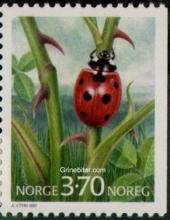Glyphosate and AMPA in the Lavaux vineyard area, western Switzerland: Proof of widespread export to surface waters
Two parcels of the Lavaux vineyard area, western Switzerland, were studied to assess to which extent the widely used herbicide, glyphosate, and its metabolite aminomethylphosphonic acid (AMPA) were retained in the soil or exported to surface waters. Our results revealed elevated glyphosate and AMPA concentrations at 60 and 80 cm depth at parcel bottoms, suggesting their infiltration in the upper parts of the parcels and the presence of preferential flows in the studied parcels. Indeed, the succession of rainy days induced the gradual saturation of the soil porosity, leading to rapid infiltration through macropores, as well as surface runoff formation. Furthermore, the presence of more impervious weathered marls at 100 cm depth induced throughflows, the importance of which in the lateral transport of the herbicide molecules was determined by the slope steepness. Mobility of glyphosate and AMPA into the unsaturated zone was thus likely driven by precipitation regime and soil characteristics, such as slope, porosity structure and layer permeability discrepancy. Important rainfall events (>10 mm/day) were clearly exporting molecules from the soil top layer, as indicated by important concentrations in runoff samples. The mass balance showed that total loss (10–20%) mainly occurred through surface runoff (96%) and, to a minor extent, by throughflows in soils (4%), with subsequent exfiltration to surface waters.










